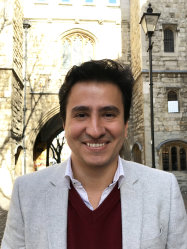BibTex format
@article{Cardona:2016:10.3389/fpls.2016.00257,
author = {Cardona, Londono T},
doi = {10.3389/fpls.2016.00257},
journal = {Frontiers in Plant Science},
title = {Reconstructing the origin of oxygenic photosynthesis: do assembly and photoactivation recapitulate evolution?},
url = {http://dx.doi.org/10.3389/fpls.2016.00257},
volume = {7},
year = {2016}
}

